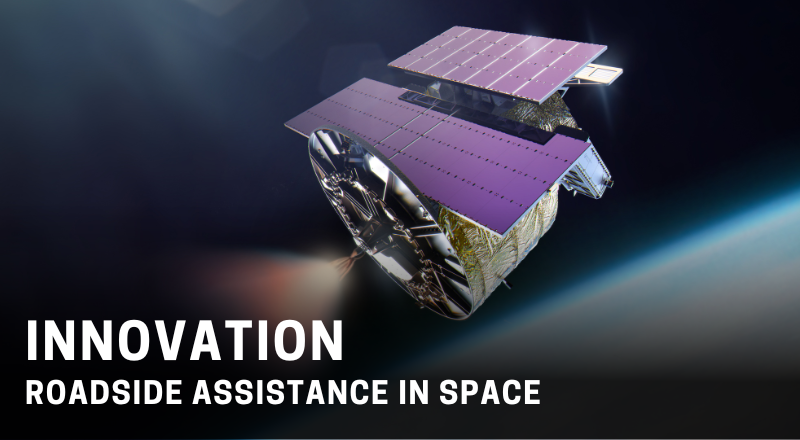WOBO recognises the work that Create Digital does in disseminating activities taking place within Australia.

Medical devices designed to better humanity
From more sophisticated wheelchairs to exoskeletons and digital twins, the possibilities presented by rehabilitation engineering are endless.
Rehabilitation engineering has always been a small community in Australia, but it is soon set to grow, with the rollout of the National Disability Insurance Scheme’s Assistive Technology (AT) strategy providing both investment opportunities and increased awareness around the provision of AT.
As healthcare becomes increasingly personalised – with the government recently investing $500.1 million in genomic research to improve disease diagnosis and treatment options – it makes sense that custom assistive technology is also growing in prominence.

Infection-fighting synthetic polymers
Each year, approximately 6.5 million people are affected by invasive fungal infections, contributing to more than 3.75 million deaths annually – a staggering 2.5 million of which can be attributed as a direct result of the infection.
UNSW researchers Dr Megan Lenardon and Professor Cyrille Boyer are acutely aware of the demand for new solutions, especially in light of the challenge posed by increasing antifungal resistance and the limited availability of effective antifungal medications.

Pioneering high-capacity basement shoring
A unique, high-capacity retention system has kept a prestigious waterside development safe and on schedule, despite the challenges for design and construction engineers to overcome.
When it is completed in late 2025, Isle, a 25-storey residential tower overlooking the Brisbane River, will contain 124 luxury apartments and a three-level basement.
The development is being built by a leading Australian property group as part of the city’s prestigious Newstead Waterfront precinct.

3D-printed meals help people with dysphagia
Meet the team “printing” pureed food in fun and exciting ways to improve the eating experience of people with swallowing difficulties.
An estimated one million Australians have dysphagia, or difficulty swallowing, affecting their health and quality of life. For people who can only eat pureed food, its shape and visual appeal can affect both their appetite and their nutrition.
Working with researchers from Deakin University, the University of Technology Sydney and the Australian National University, speech pathologist Professor Bronwyn Hemsley has been exploring whether a 3D printer is capable of “printing” pureed food that will improve the eating experience for more people with dysphagia.

Australia should invest more in space
Space impacts all aspects of life, but while other countries have powered ahead in space engineering capability and investment, Australia has lagged behind, according to a new Engineers Australia policy advice paper.
A new report, launched by the Engineers Australia National Committee for Space Engineering (NCSpE) and developed through Engineers Australia’s member-delivered policy and advocacy process, outlines ways for Australia to grow and sustain its space engineering capability and competency.
It frames this competency as an essential step towards a healthy workforce and high productivity.

Roadside assistance in space: The service satellite that just launched
As space lanes become increasingly crowded and more satellites malfunction, this service satellite will navigate across orbits to get them back up and running.
The space race 2.0 is underway, with the world’s top powers all vying for a piece of the cosmic pie.
The number of active (or operational) satellites in space has more than doubled in five years, jumping from 3000 to 8700, with exponential growth expected within the next half decade, according to Xavier Orr, CEO of Navigation and Robotics Technology company Advanced Navigation.
“It’s predicted [the world will] have 50,000 satellites in space by 2028,” Orr told create. “There’s a renewed interest in interplanetary missions, such as the NASA Moon to Mars Architecture program, where we’ll be landing on the moon for the first time in 30 years, then [venturing] to Mars.”

New alloy used to print ultra-thin electronics
Electronics could be produced more cheaply and using less energy thanks to research pioneered by chemical engineers at the University of Sydney.
Dr Mohammad Ghasemian said his research involves producing two-dimensional materials – super-thin layers of metal that are mere atoms thick – and other nanostructures.
“They are very small but at the same time have very good performance,” Ghasemian, who is a Research Fellow in the School of Chemical and Biomolecular Engineering at the University of Sydney, explained.
“Unfortunately, the metals for synthesising or producing those kinds of materials are usually complicated and costly. Through our method, we can produce a large number of new materials.”
